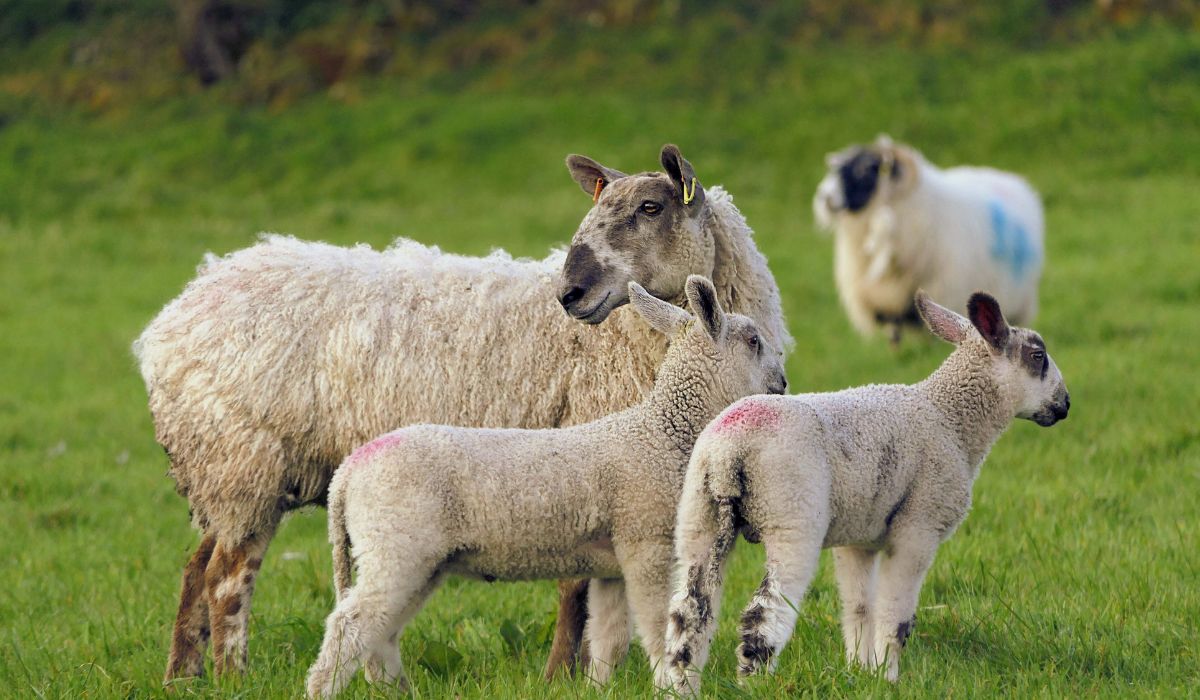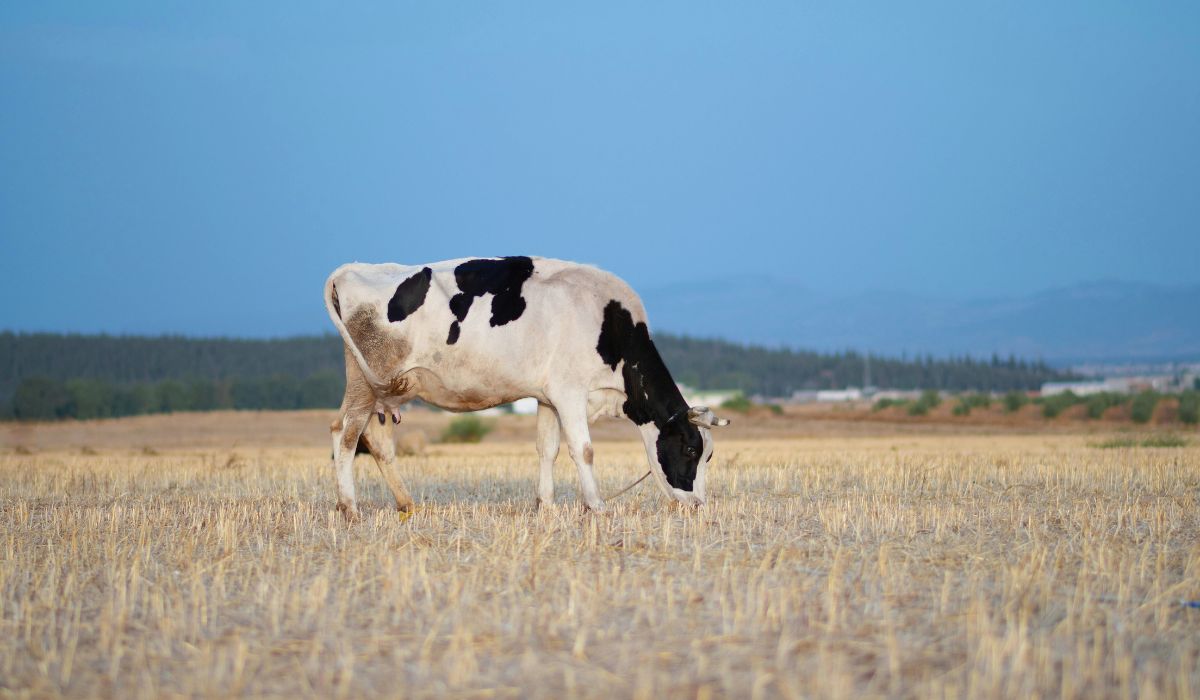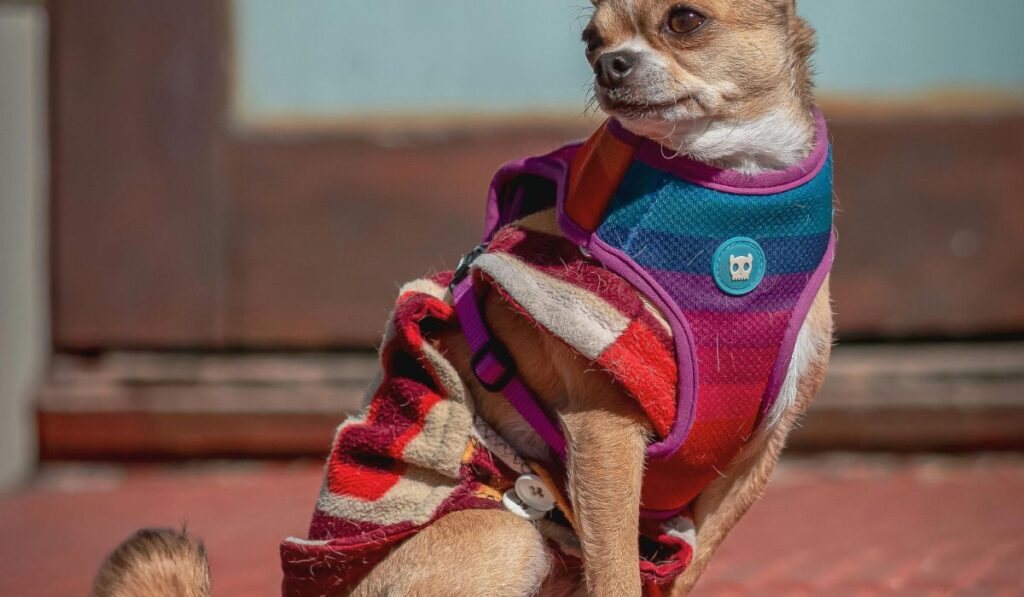Reduce risk with livestock insurance.Livestock farming is a vital part of the global agricultural sector, but it comes with inherent risks. From natural disasters to disease outbreaks, livestock farmers face significant financial losses if their animals are affected. This is where livestock insurance plays a critical role, providing a safety net to mitigate these risks. This article explores the benefits of livestock insurance, the types of coverage available, and practical tips for farmers to reduce risk and ensure the long-term sustainability of their operations.
2. What is Livestock Insurance?
Livestock insurance is a policy designed to cover the financial losses farmers may experience due to unforeseen events that harm their animals. These policies typically include protection against death, disease, theft, and other risks that threaten livestock health and productivity. Farmers can customize their coverage based on their specific needs, ensuring that their operations are well protected.
Key Components of Livestock Insurance
Livestock insurance covers a variety of risks, including animal mortality, accidents, and diseases. Farmers can opt for policies that cover individual animals or an entire herd, with customizable coverage based on the unique needs of the farm.
Common Types of Livestock Insurance
Farmers typically have access to several types of livestock insurance, such as mortality insurance, theft insurance, and herd health insurance. Each policy is designed to address specific risks, providing tailored coverage to minimize financial loss.
How Livestock Insurance Works
When a covered event occurs, such as the death of livestock due to disease, farmers can file a claim to receive compensation for their loss. The claim process usually involves verifying the cause of death or loss, after which the insurance company reimburses the farmer based on the policy’s terms.
3. Risks Associated with Livestock
Livestock farming is exposed to several risks, many of which are beyond the control of farmers.
Natural Disasters
Events like floods, droughts, and storms can devastate livestock populations. Livestock insurance helps farmers recover financially from these catastrophic events.
Disease Outbreaks
Outbreaks such as foot-and-mouth disease or avian influenza can spread rapidly through herds or flocks, causing widespread losses.
Theft and Predation
Theft of livestock or predation by wild animals can lead to financial strain for farmers. Insurance can provide coverage for such incidents.
Market Fluctuations
Market price changes can also affect livestock farmers, but some specialized insurance policies offer coverage for this type of risk.
4. How Livestock Insurance Reduces Risk
Livestock insurance offers comprehensive risk mitigation strategies that protect farmers from unforeseen losses.
Coverage Against Mortality and Disease
Policies that cover animal deaths due to disease or accidents ensure that farmers do not bear the full financial brunt of losing valuable livestock.
Financial Protection Against Loss
Insurance payouts help farmers recover from losses and reinvest in their business, ensuring continuity in the face of adversity.
Customizable Policies
Farmers can tailor their policies to fit the specific risks they face, whether related to geography, type of livestock, or business size.

READ ALSO:https://www.nationwide.com/business/agribusiness/farm-insurance/optional-coverages/type/livestock
5. Types of Livestock Insurance Policies
Different types of livestock insurance policies cater to a variety of needs:
Mortality Insurance
This type of insurance covers the death of animals due to natural causes, disease, or accidents.
Livestock Theft Insurance
Covers losses due to the theft of animals, a common issue for many livestock farmers.
Herd Health Insurance
This policy covers health-related issues that affect the entire herd, such as disease outbreaks or mass injuries.
Transit and Export Livestock Insurance
Designed for farmers who transport livestock, this insurance protects against losses that occur during transit.



